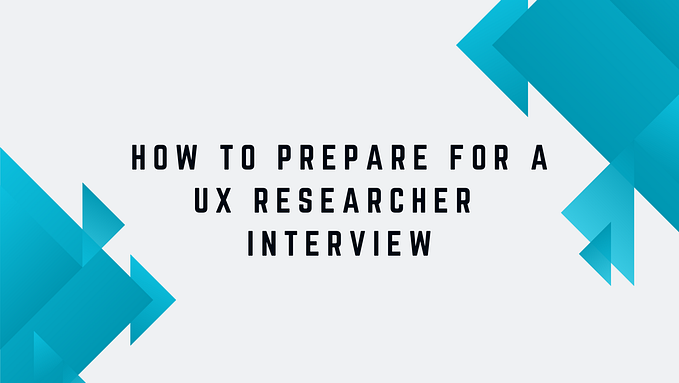Member-only story
Making Tradeoffs As a UX Designer
What they look like and how to make them while balancing different stakeholder’s wants and needs
Q: I’d love to learn about the different kinds of trade-offs you make as a designer. I think that would be really helpful because I haven’t had much experience navigating a larger organization and balancing different stakeholders and coworkers.
Have you ever presented in a group project, saying that your idea is the best, only to have your peers feel left out and lose trust in you because you left their ideas out when building out the deck? It’s like saying that smoking is bad, even though you don’t smoke or understand the challenges of quitting in front of a room of full of smokers. This is an example of not using tradeoffs, taking consideration of your peer’s decisions or the people you are talking to and their experiences, when trying to reach a shared goal.
Tradeoffs are a result of understanding the constraints and scope, balancing your teammates decisions, and creating the “best” solution that takes consideration of the future growth of your product. Tradeoffs are essentially decisions that take into account of different decisions to reach a shared goal.
As a designer, we make tradeoffs as a way to reach consensus and alignment with the people we work with. This allows us to prioritize our goals, and what should be considered in our work to ensure that we make one collective product. Without tradeoffs, we would never be able to agree with one another, let alone make incremental progress in our work that relies on feedback.
From the tradeoffs I’ve made in my work, I have organized them into three types: Product, Design and Engineering. With every tradeoff you give, it shouldn’t only be a statement, but have solid reasoning to it. Your decision should be backed up with data either the you’ve gathered from your peers, and/or something relating to the project itself.
Product: Tradeoffs related to product requirements/scope
Product tradeoffs are making decisions based on what is needed, what can be done now, and where to make the most impact in order to meet present and future goals.
- I did x based on higher prioritization than y…








